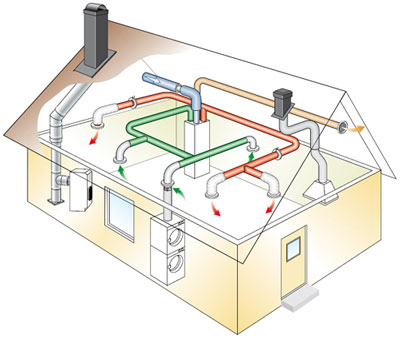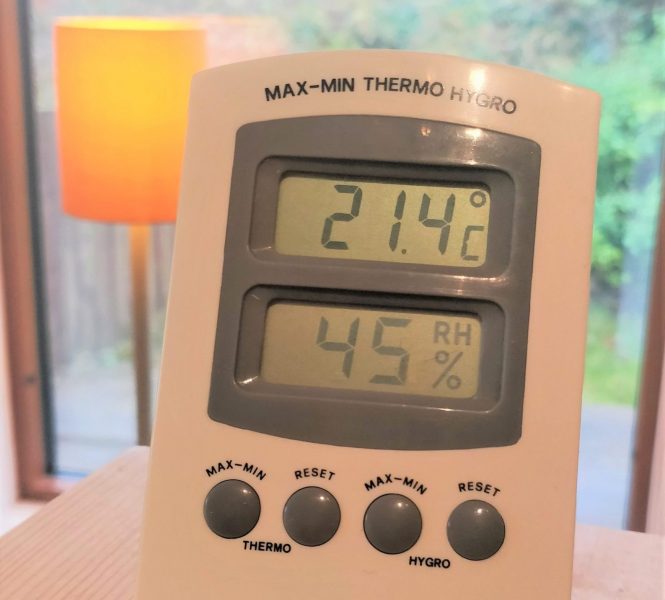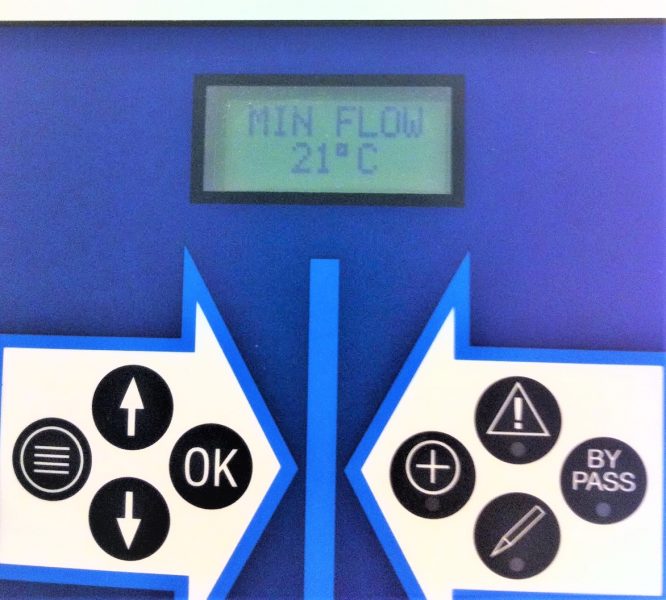SHOWHOUSE
Our show house viewings and presentations are available every Wednesday at 3pm. No need to book.
Extra show house viewing and presentation:
Sat, May 25th 2024 at 12pm
All our houses are equipped with heat recovery ventilation systems. The principle of a heat recovery ventilation system is simple: air is removed via the extraction vents in humid “dirty rooms” such as kitchens, toilets, bathrooms and utility rooms and used to heat fresh incoming air as it leaves the house. The fresh air is then supplied through vents to living spaces, bedrooms, living rooms etc.
This means that every two hours all air inside the house is exchanged with new fresh air.
This is particularly important in a passive house due to the very high level of air tightness and focus on energy efficiency.


Temperature and humidity in a passive house on a regular damp Irish winter day – 31st Jan 2020


Ventilation settings controller